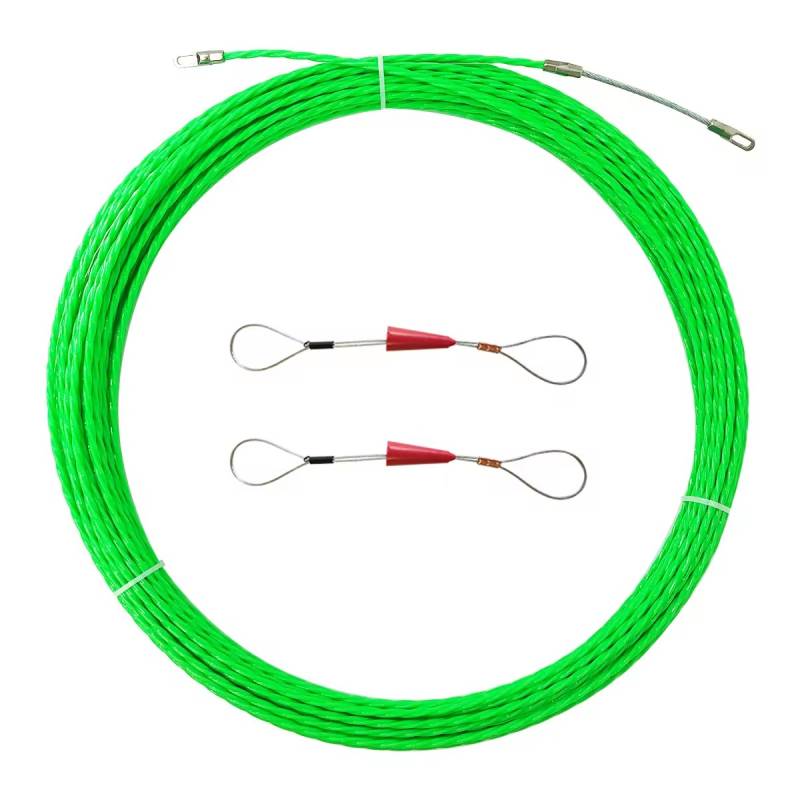
-
 Afrikaans
Afrikaans -
 Albanian
Albanian -
 Amharic
Amharic -
 Arabic
Arabic -
 Armenian
Armenian -
 Azerbaijani
Azerbaijani -
 Basque
Basque -
 Belarusian
Belarusian -
 Bengali
Bengali -
 Bosnian
Bosnian -
 Bulgarian
Bulgarian -
 Catalan
Catalan -
 Cebuano
Cebuano -
 Corsican
Corsican -
 Croatian
Croatian -
 Czech
Czech -
 Danish
Danish -
 Dutch
Dutch -
 English
English -
 Esperanto
Esperanto -
 Estonian
Estonian -
 Finnish
Finnish -
 French
French -
 Frisian
Frisian -
 Galician
Galician -
 Georgian
Georgian -
 German
German -
 Greek
Greek -
 Gujarati
Gujarati -
 Haitian Creole
Haitian Creole -
 hausa
hausa -
 hawaiian
hawaiian -
 Hebrew
Hebrew -
 Hindi
Hindi -
 Miao
Miao -
 Hungarian
Hungarian -
 Icelandic
Icelandic -
 igbo
igbo -
 Indonesian
Indonesian -
 irish
irish -
 Italian
Italian -
 Japanese
Japanese -
 Javanese
Javanese -
 Kannada
Kannada -
 kazakh
kazakh -
 Khmer
Khmer -
 Rwandese
Rwandese -
 Korean
Korean -
 Kurdish
Kurdish -
 Kyrgyz
Kyrgyz -
 Lao
Lao -
 Latin
Latin -
 Latvian
Latvian -
 Lithuanian
Lithuanian -
 Luxembourgish
Luxembourgish -
 Macedonian
Macedonian -
 Malgashi
Malgashi -
 Malay
Malay -
 Malayalam
Malayalam -
 Maltese
Maltese -
 Maori
Maori -
 Marathi
Marathi -
 Mongolian
Mongolian -
 Myanmar
Myanmar -
 Nepali
Nepali -
 Norwegian
Norwegian -
 Norwegian
Norwegian -
 Occitan
Occitan -
 Pashto
Pashto -
 Persian
Persian -
 Polish
Polish -
 Portuguese
Portuguese -
 Punjabi
Punjabi -
 Romanian
Romanian -
 Russian
Russian -
 Samoan
Samoan -
 Scottish Gaelic
Scottish Gaelic -
 Serbian
Serbian -
 Sesotho
Sesotho -
 Shona
Shona -
 Sindhi
Sindhi -
 Sinhala
Sinhala -
 Slovak
Slovak -
 Slovenian
Slovenian -
 Somali
Somali -
 Spanish
Spanish -
 Sundanese
Sundanese -
 Swahili
Swahili -
 Swedish
Swedish -
 Tagalog
Tagalog -
 Tajik
Tajik -
 Tamil
Tamil -
 Tatar
Tatar -
 Telugu
Telugu -
 Thai
Thai -
 Turkish
Turkish -
 Turkmen
Turkmen -
 Ukrainian
Ukrainian -
 Urdu
Urdu -
 Uighur
Uighur -
 Uzbek
Uzbek -
 Vietnamese
Vietnamese -
 Welsh
Welsh -
 Bantu
Bantu -
 Yiddish
Yiddish -
 Yoruba
Yoruba -
 Zulu
Zulu


syys . 11, 2024 21:01 Back to list
Conduit Cord Grip - Durable and Reliable Cable Management Solutions
Understanding Conduit Cord Grips A Comprehensive Guide
In the world of electrical installations, ensuring safety and reliability is paramount. One of the essential components that often goes unnoticed is the conduit cord grip. This seemingly simple device plays a crucial role in maintaining the integrity of electrical connections, protecting wires from damage, and preventing accidental disconnections. This article delves into what conduit cord grips are, their importance, and how to choose the right one for your projects.
What is a Conduit Cord Grip?
A conduit cord grip, often referred to as a cable grip or strain relief, is a mechanical device used in electrical and telecommunications systems. These grips are designed to hold cables securely where they enter a junction box, panel, or other enclosure. Their primary function is to prevent strain on the connections, minimizing the risk of wear and potential failures. Cord grips come in a variety of designs and materials, offering solutions for different types of cord and conduit configurations.
Importance of Cord Grips
1. Protection Against Strain The primary benefit of conduit cord grips is their ability to alleviate stress on cables. In environments where cords are frequently moved or tugged—such as industrial settings—cord grips can prevent damage that could lead to electrical shorts or failures.
2. Moisture and Dirt Ingress Prevention Many conduit cord grips are designed with seals that protect against moisture and dirt, which can compromise electrical connections. By sealing the entry point, these grips ensure that environmental factors do not adversely affect the performance of electrical systems.
3. Enhanced Safety A secure connection provided by a cord grip minimizes the likelihood of accidental disconnections. This safety feature is especially critical in high-voltage systems, where loose connections can result in hazardous conditions.
4. Compliance with Regulations Many building and electrical codes require the use of conduit cord grips for installations. Using these devices ensures compliance with safety standards, helping avoid potential penalties and hazards.
conduit cord grip

Choosing the Right Conduit Cord Grip
When selecting a conduit cord grip, consider the following factors
1. Cable Type and Size Ensure that the grip you choose matches the type and size of the cable. Using the correct size is essential to provide proper strain relief.
2. Material Cord grips come in various materials, such as nylon, brass, and stainless steel. Choose a material that suits the environmental conditions, whether it’s resistance to corrosion, heat, or chemicals.
3. Sealing Options If your installation is in a location exposed to moisture, look for cord grips with sealing features that will provide added protection.
4. Installation Method Different cord grips have various installation methods—some may require tools, while others can be easily hand-tightened. Consider your installation capabilities when selecting a grip.
Conclusion
In conclusion, conduit cord grips are an essential component of electrical installations that offer numerous benefits, from strain relief to environmental protection. By understanding their importance and how to choose the right one, electricians and project managers can ensure safe, reliable, and compliant installations. When it comes to electrical systems, investing in quality conduit cord grips is a small yet vital step toward achieving long-term functionality and safety.
Latest news
What Are Construction Tools and How Are They Used?
NewsJul.11,2025
Professional-Grade Duct Rodding Tools for Superior Cable Installation
NewsJul.11,2025
Enhancing Safety and Efficiency with Modern Hot Stick Solutions
NewsJul.11,2025
Empowering Cable Installation with Advanced Rodder Solutions
NewsJul.11,2025
Elevate Your Cable Installation Projects with Cable Pulling Tools
NewsJul.11,2025
Efficient Cable Handling Solutions: Cable Rollers for Sale
NewsJul.11,2025











